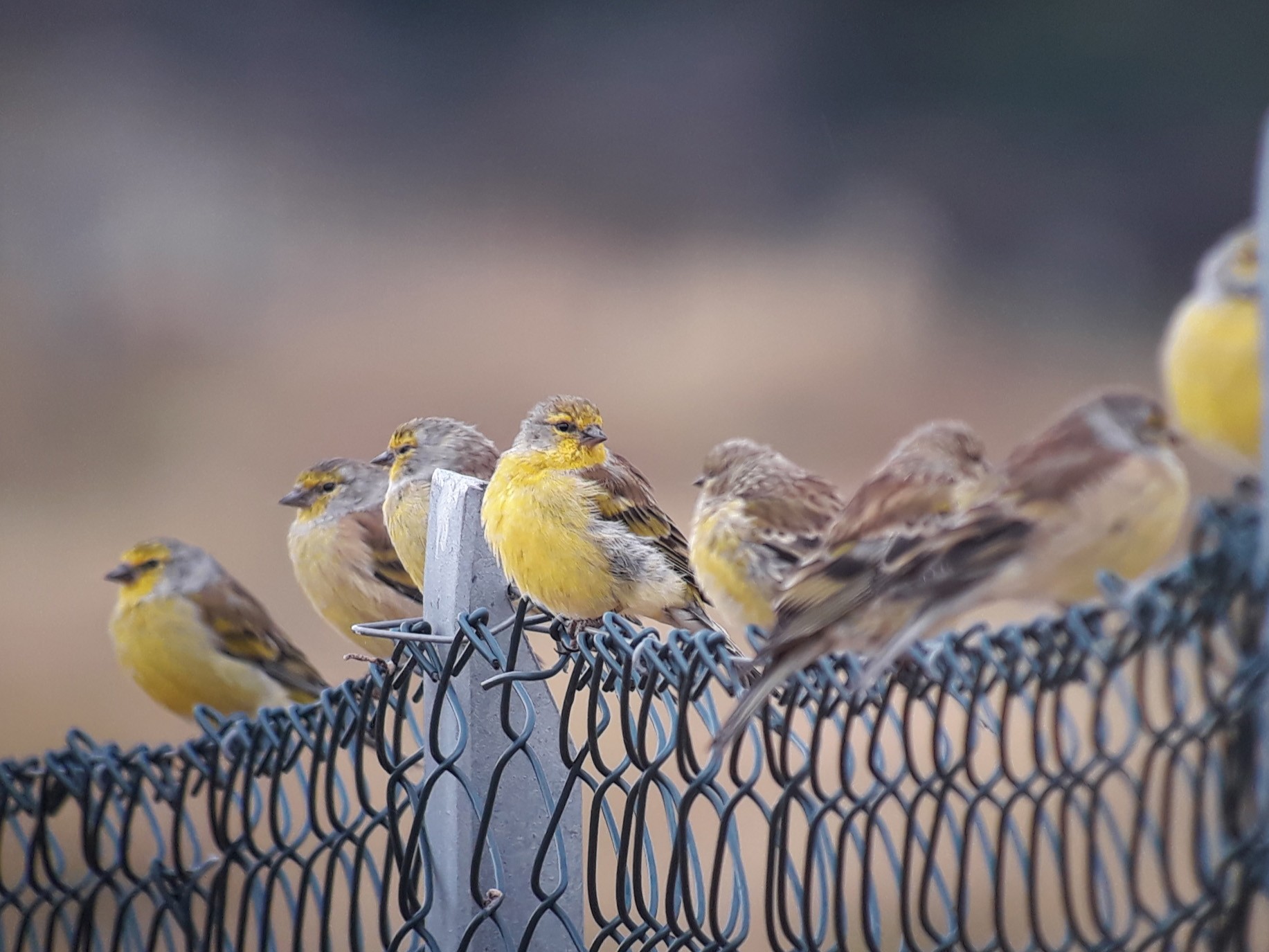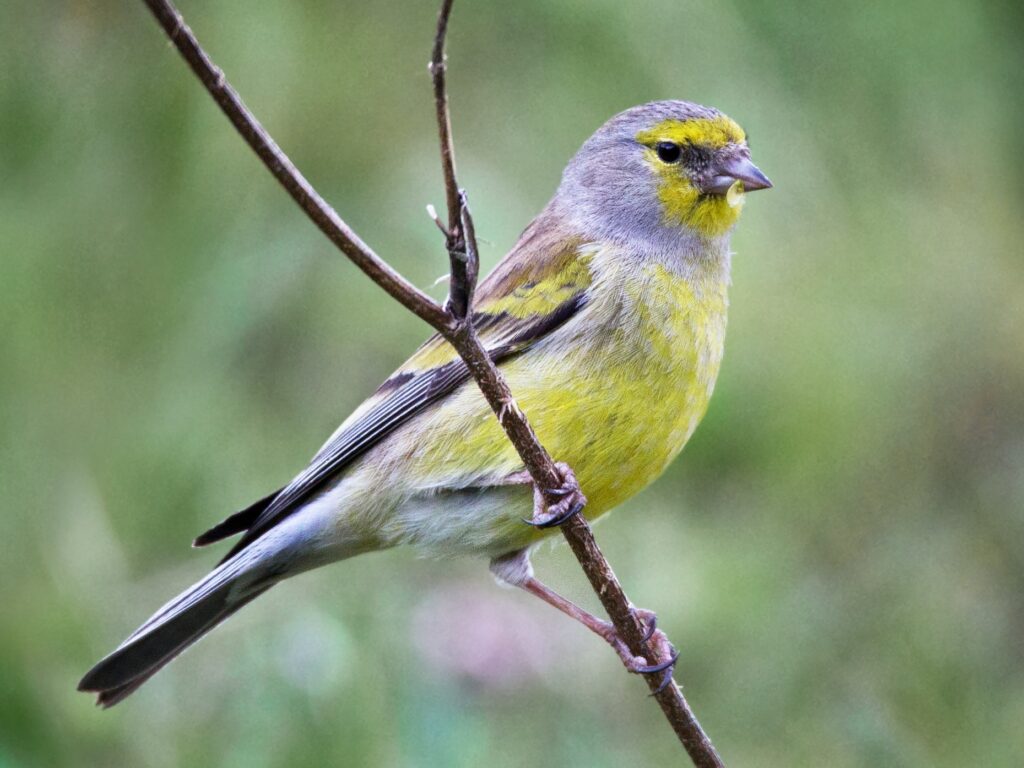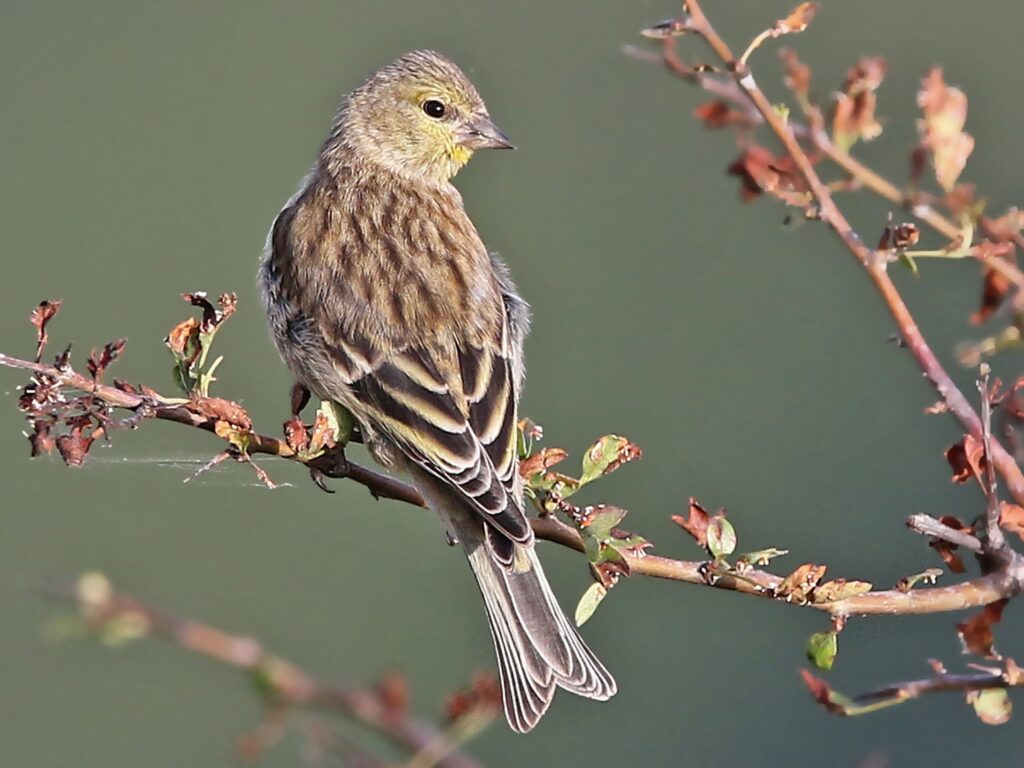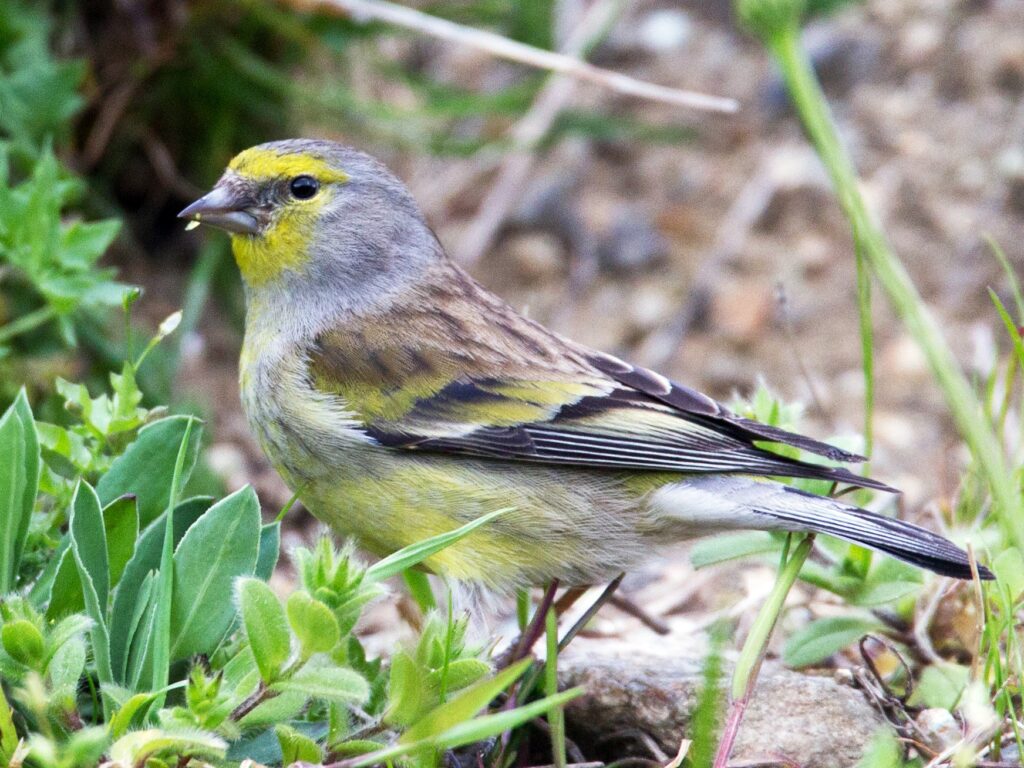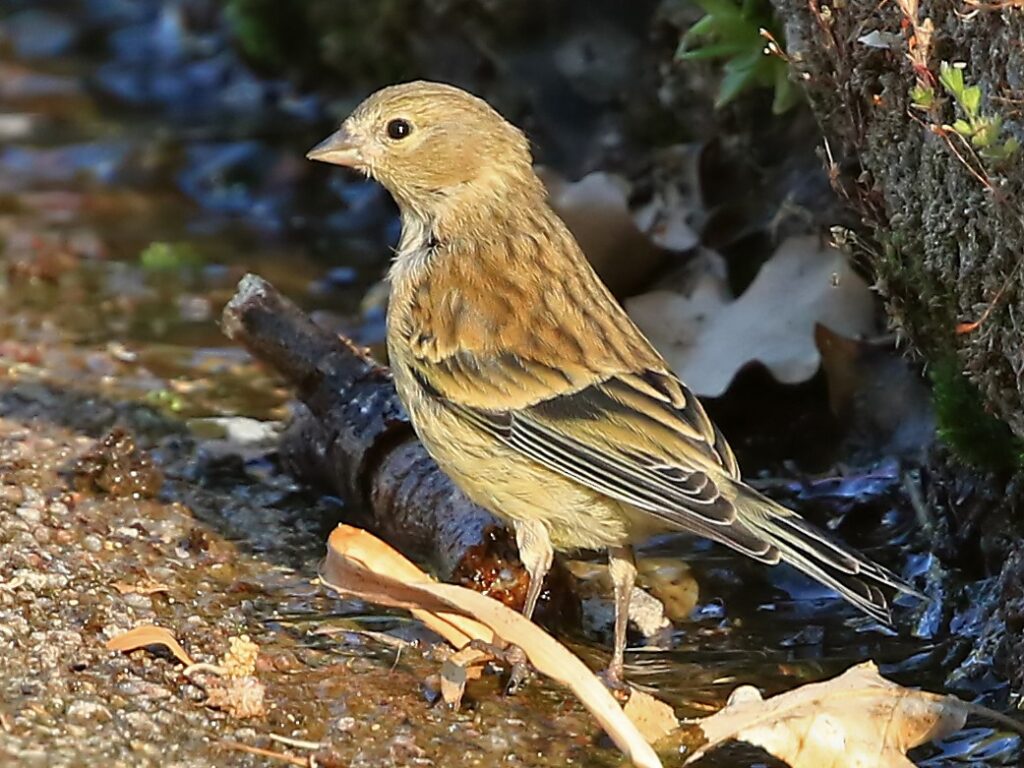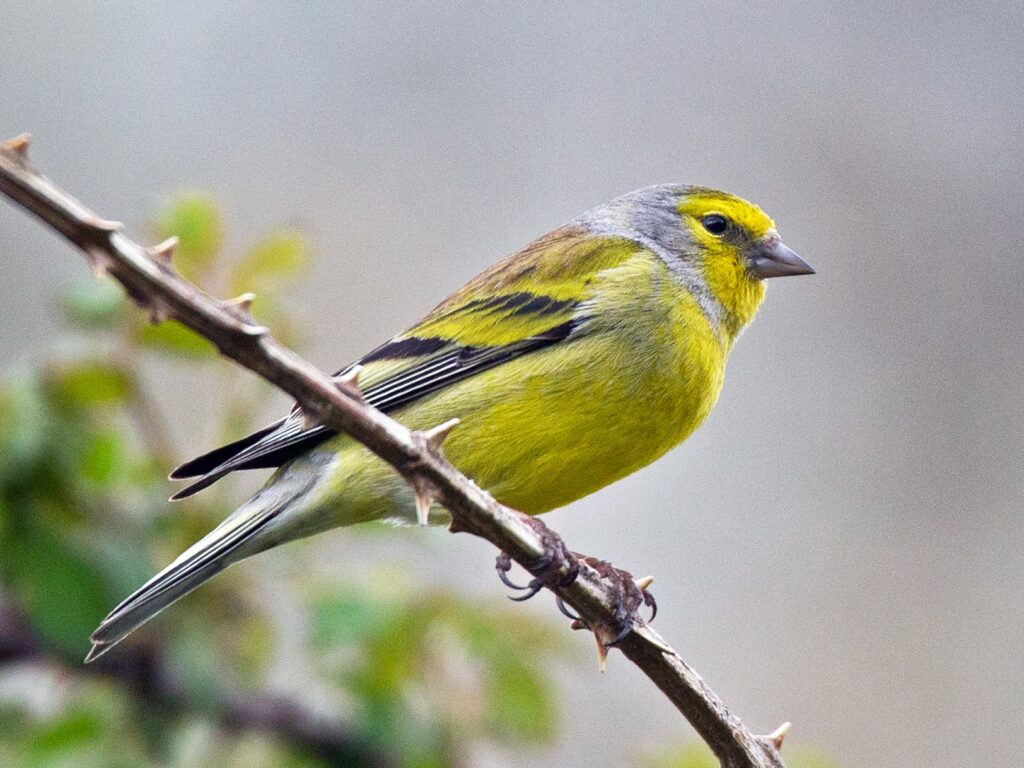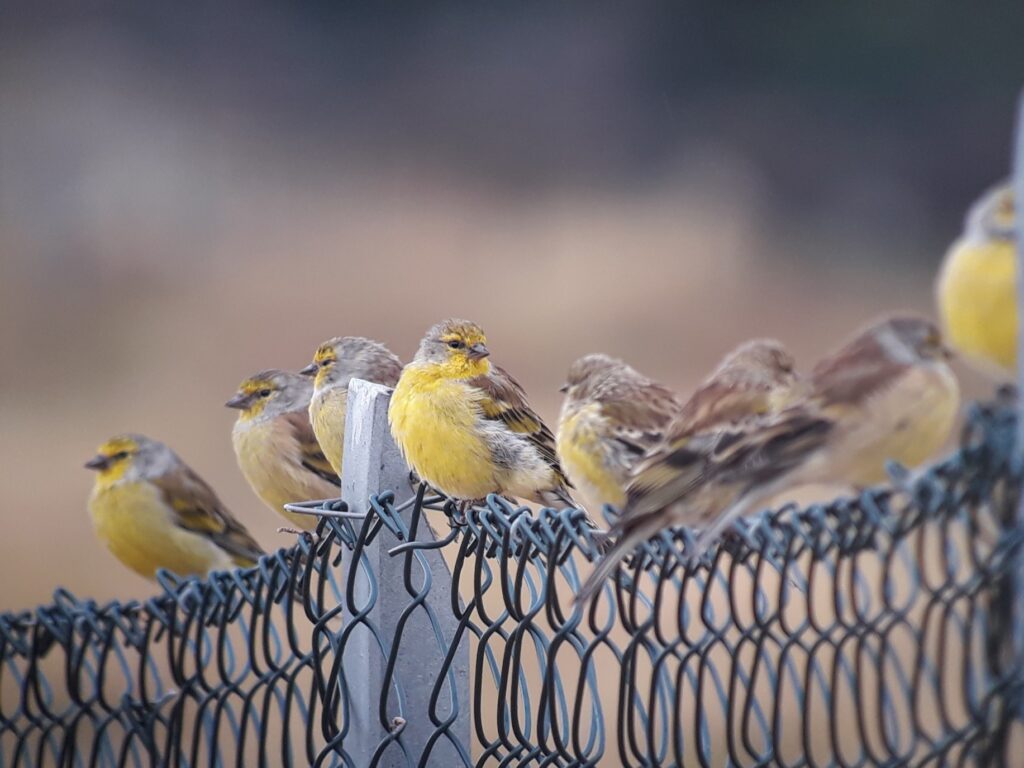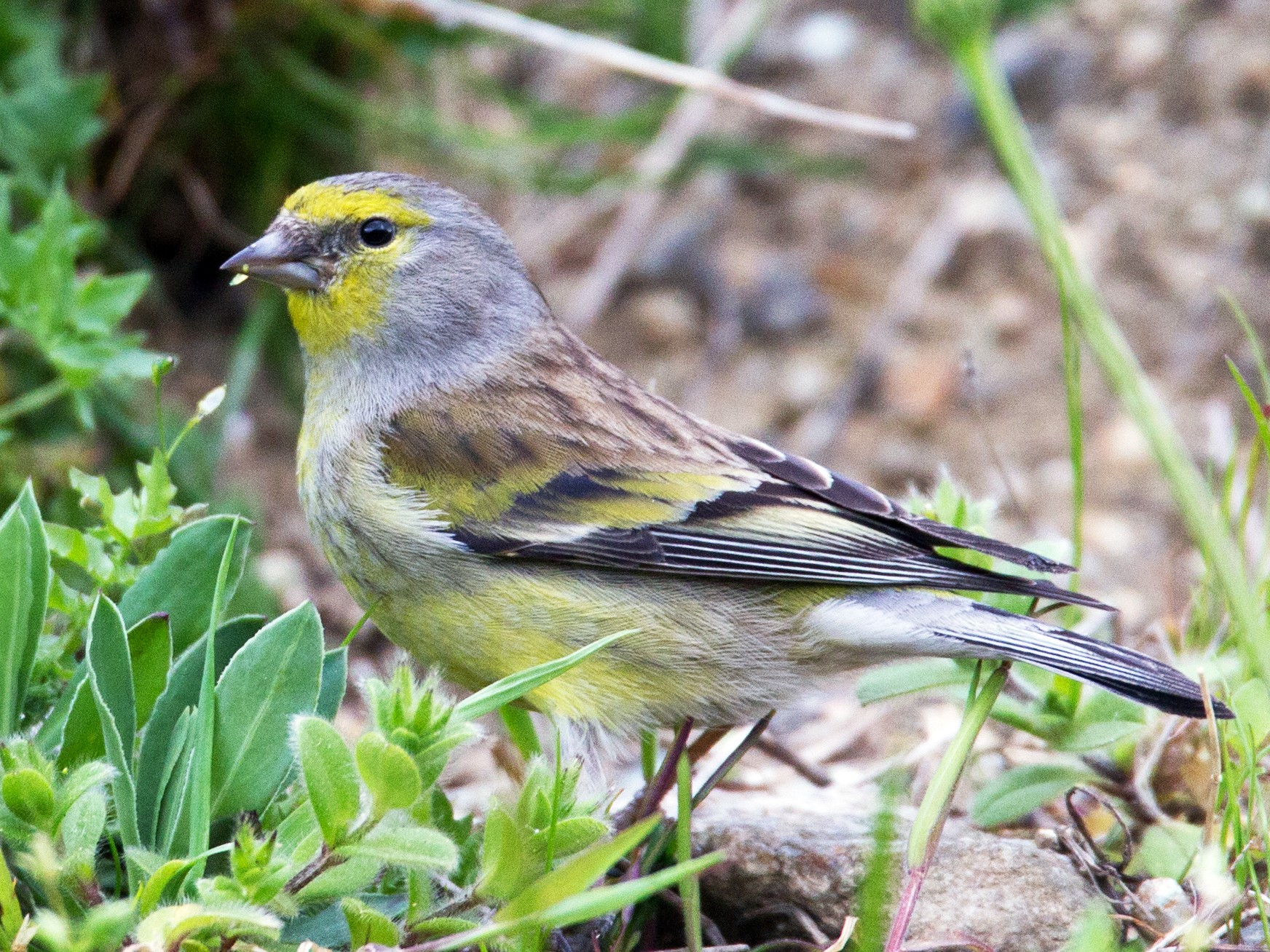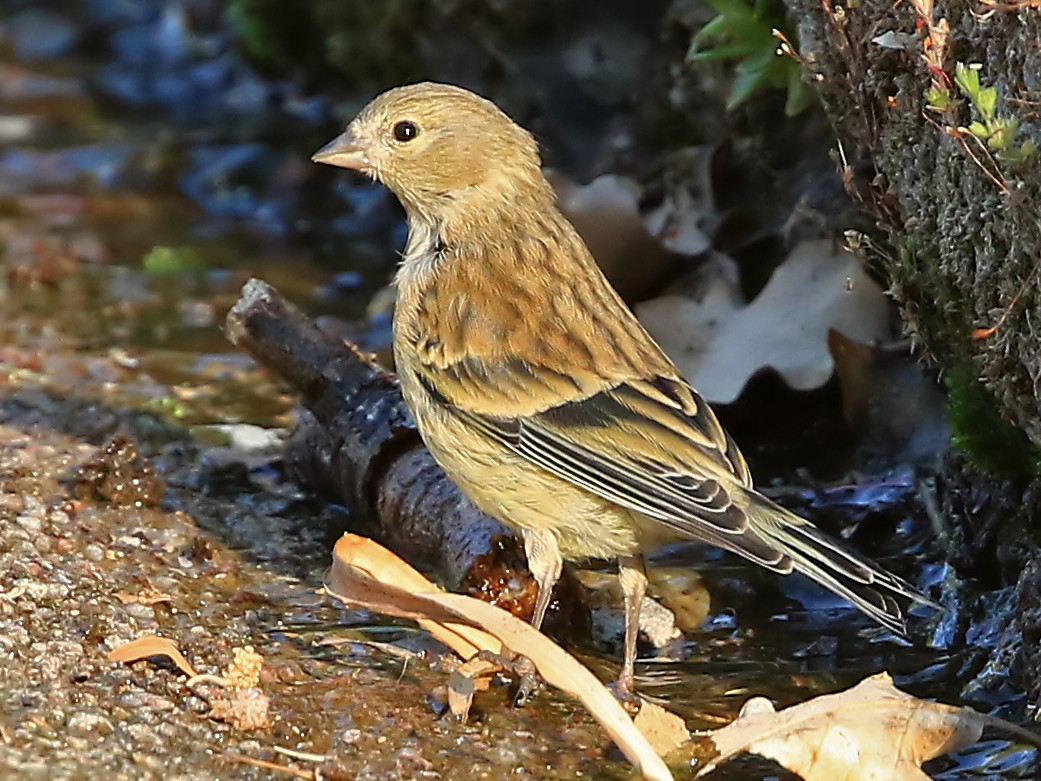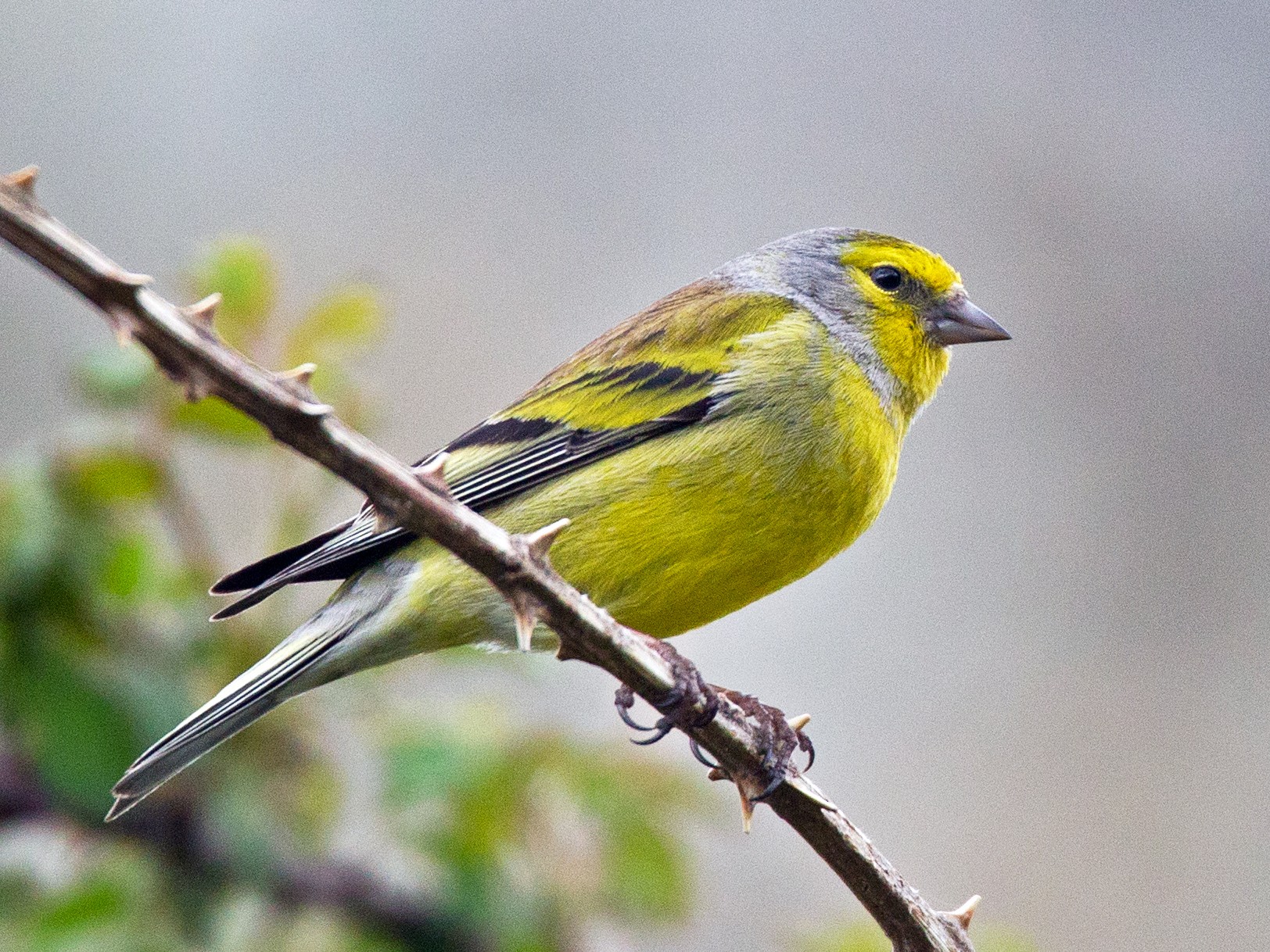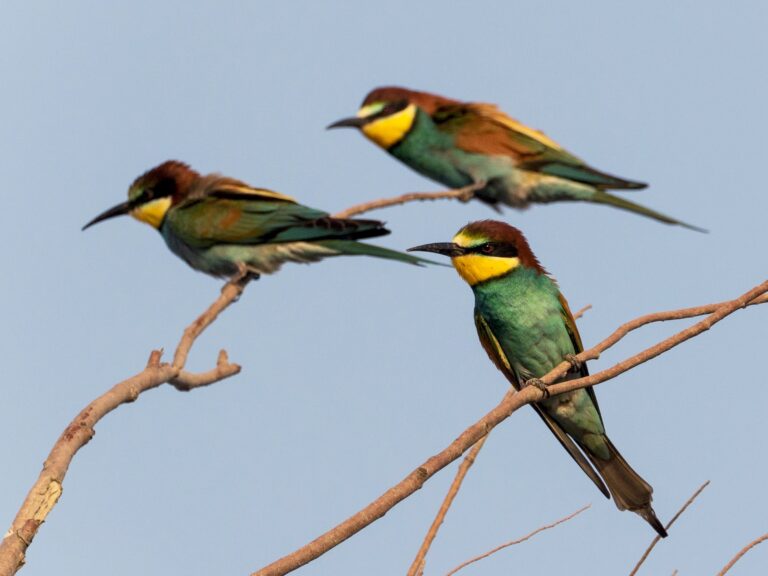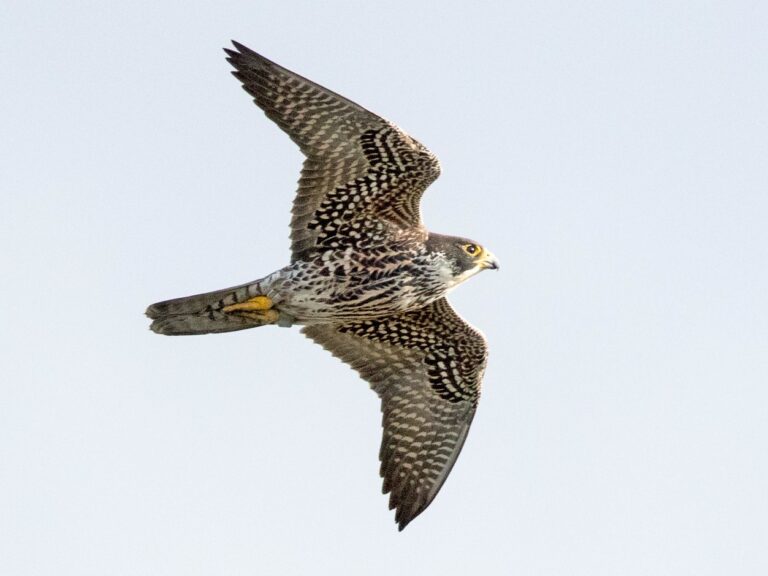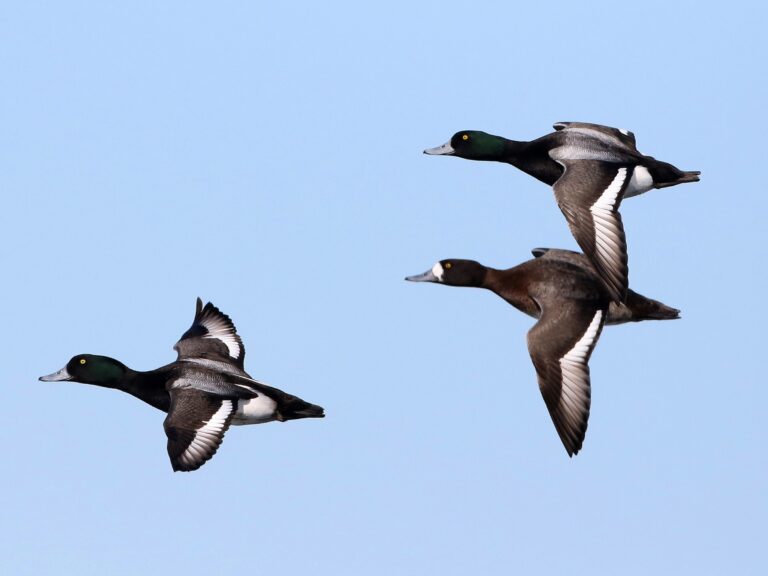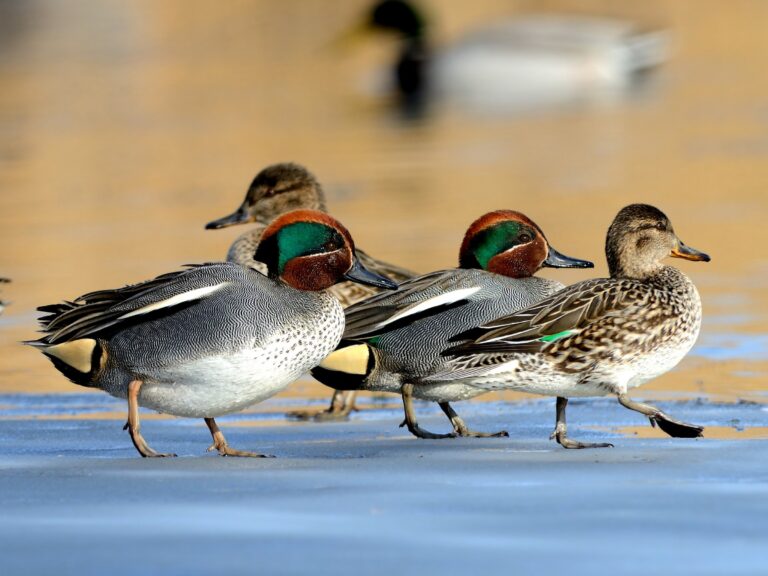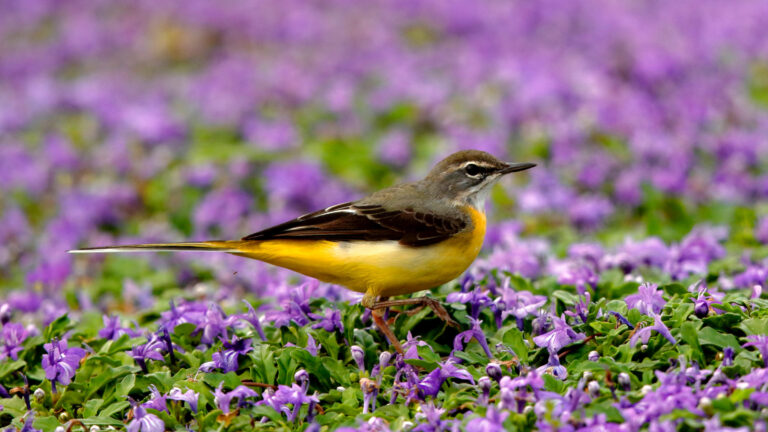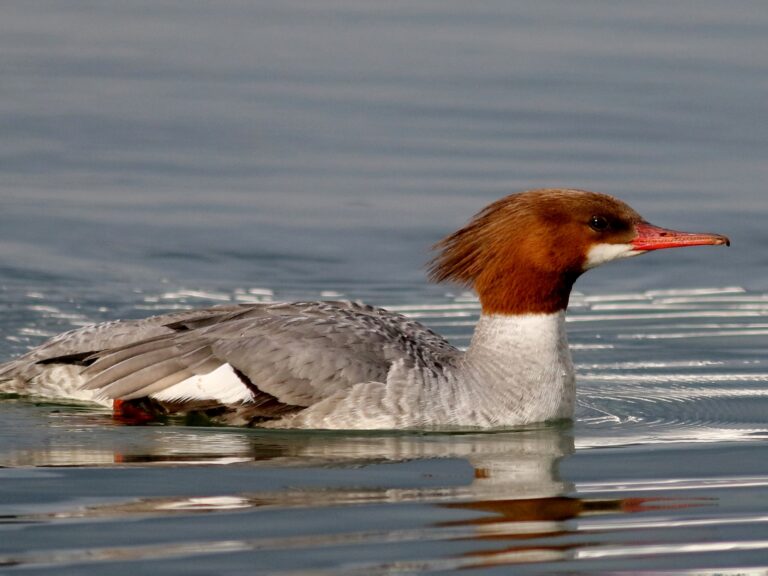Corsican Finch: A Vibrant Treasure of Mediterranean Birdwatching
The Corsican Finch, known scientifically as Carduelis corsicana, is a fascinating bird native to the lush landscapes of Corsica. This species stands out due to its unique vocalizations and striking physical characteristics, making it an interesting subject for bird watchers and researchers alike. As a member of the Fringillidae family, this finch displays behaviors that reflect its adaptations to the rich environments it inhabits.
Found primarily in forested areas and mountainous regions of Corsica, the Corsican Finch has adapted well to its surroundings. Its calls can be heard echoing through the trees, showcasing a variety of melodious tunes. These vocalizations are not only important for communication between mate pairs but also serve as a means of establishing territory.
Conservation of the Corsican Finch is vital, as its population can be affected by habitat loss and environmental changes. Awareness of this bird’s ecology and distribution can help promote efforts to maintain its natural habitats. Bird enthusiasts and conservationists alike continue to monitor this charming species, ensuring its future remains bright.
Key Takeaways
- The Corsican Finch is recognized for its unique vocalizations and physical traits.
- It primarily inhabits forested and mountainous regions of Corsica.
- Conservation efforts are crucial for protecting its natural habitat and population.
Physical Description
The Corsican Finch is a unique bird with distinct characteristics. Its size and striking appearance are essential for identification. The bird also possesses a diverse plumage, which varies across different populations.
Size and Appearance
The Corsican Finch is a medium-sized bird, typically measuring about 13 to 15 centimeters in length. Males and females are similar in size, with a wingspan ranging from 22 to 25 centimeters. The average weight is approximately 15 to 20 grams.
The bird’s frame is moderately robust, displaying a well-defined head and a short tail. Its beak is conical and strong, suitable for cracking seeds. Notably, the Corsican Finch exhibits unique facial markings that can help in distinguishing it from closely related species.
Plumage Details
The plumage of the Corsican Finch is quite distinctive. Males usually have a brighter color palette, featuring vibrant greens and yellows, while females tend to have more subdued tones.
In both sexes, the wings display a contrasting pattern with black and white feathers. The underparts are usually lighter, often a pale yellow or cream color.
The bird’s vocalizations are melodious and varied, often described as a series of clear notes and trills. These vocal patterns play an important role in attracting mates and defending territory. The range of sounds can be quite complex, reflecting the bird’s rich communication skills.
Habitat and Distribution
The Corsican Finch primarily inhabits specific regions in Corsica, France. Its distribution is closely linked to the type of ecosystems it prefers. Understanding these habitats provides insight into the finch’s behavior and survival.
Geographic Range
The geographic range of the Corsican Finch is largely confined to the island of Corsica and some nearby Mediterranean islands. It thrives in areas where conditions allow for their preferred nesting habitats. This includes both lowland and mountainous regions of Corsica.
Corsican Finches are often found in shrubby areas, which offer shelter and food. Their presence on different islands indicates their adaptability, yet they are vulnerable to habitat loss due to changing land use practices.
Ecosystem Preferences
Corsican Finches prefer shrubby habitats, particularly those covered with Tree Heath and other native plants. These dense shrubs provide suitable nesting sites, protecting their eggs and young from predators.
They are also known for their vocalizations, which play a crucial role in communication and mating. The calls of the Corsican Finch are melodious and serve to establish territory among males.
Understanding their ecosystem preferences highlights the importance of preserving the native vegetation of Corsica. This conservation is essential for the long-term survival of the species and its unique behaviors.
Behavior and Ecology
The Corsican Finch exhibits unique behaviors and ecological traits. Its feeding habits and reproductive practices are essential to understanding how this bird interacts with its environment.
Feeding Habits
Corsican Finches primarily feed on seeds, especially those from coniferous trees and various herbs. They are well-adapted to forage in their mountainous habitat, often searching for food in mixed forests.
Their diet varies based on seasonal availability. During breeding seasons, they may also consume insects to provide protein for their chicks. The finches utilize their strong, conical beaks to crack open seeds efficiently.
Vocalizations play a role in their foraging behavior. They communicate with each other while feeding, using a series of chirps and calls that help maintain group cohesion. This social structure aids in locating food sources quickly.
Reproduction and Nesting
Corsican Finches typically nest in sheltered areas, such as dense bushes or trees, to protect their young from predators. They construct their nests from twigs, grasses, and leaves, creating a sturdy structure.
Breeding usually occurs in spring. The female lays about 3 to 6 eggs, which she incubates for around two weeks. After hatching, both parents are involved in feeding the nestlings.
The chicks fledge approximately two weeks after birth. Parents continue to care for them, teaching them foraging skills and protecting them until they can survive independently.
These nesting practices and the finch’s adaptability to its environment are crucial for its survival.
Conservation Status
The conservation status of the Corsican Finch indicates its vulnerability and highlights the importance of ongoing efforts to protect this unique species. Several factors influence its status, including habitat loss and climate change. Understanding these aspects is crucial for effective conservation strategies.
IUCN Red List
The Corsican Finch is listed as Near Threatened on the IUCN Red List. This status reflects concerns about population decline. The main threats include habitat destruction due to urban development and changes in land use, which impact its breeding and feeding areas.
The population trend is uncertain, which emphasizes the need for regular assessments and monitoring. Active measures are necessary to prevent further decline and to maintain healthy populations in their natural habitats.
Conservation Efforts
Conservation efforts for the Corsican Finch involve habitat protection and restoration, focusing on key breeding areas. Active campaigns aim to conserve the forests and shrublands where the finch thrives. Local organizations work with government bodies to implement management plans.
Public awareness campaigns also play a pivotal role in educating communities. These initiatives highlight the finch’s importance and its unique vocalizations, which contribute to their mating rituals. Ongoing research helps track population dynamics and assess the effectiveness of current strategies, ensuring that any arising issues are addressed promptly.
Media and Observation
Media and observation of the Corsican Finch provide valuable insights into its behavior and habitat. The use of photographs and birdwatching recordings helps enthusiasts and researchers alike gain a deeper understanding of this species.
Photography and Usage Rights
When taking photographs of the Corsican Finch, it is essential to know the usage rights attached to images. Many public platforms offer images under various licenses:
- Rights Managed: These images are typically licensed for specific uses, requiring permission for each project.
- Editorial Only: Photos under this category can only be used for news and non-commercial purposes.
- Commercial Only: These images are meant for advertising and other commercial uses.
- Royalty Free: Users can purchase these images with no ongoing fees, facilitating broader use.
For those interested in high-quality images, a common resolution is 2250 x 1500 pixels. Photographers should also be mindful of local guidelines to ensure respectful behavior towards wildlife.
Birdwatching and Audio Records
Birdwatching is a rewarding way to observe the Corsican Finch in its natural habitat. Enthusiasts can enhance their experience by listening to the bird’s distinctive vocalizations. These finches are known for their melodious songs, which serve as communication among individuals.
Platforms like Xeno-Canto provide extensive audio recordings of various bird calls, including the Corsican Finch. Observers can also consult Avibase for comprehensive data on the species’ vocalizations, distribution, and behavior. Birdwatchers can benefit significantly from these resources to deepen their understanding and enjoyment of this unique finch.
Frequently Asked Questions
The Corsican Finch has unique features that set it apart from similar finch species. Its habitat, vocalizations, and breeding behaviors also contribute to its distinct lifestyle. Here are some frequently asked questions about this fascinating bird.
What are the distinctive characteristics of the Corsican Finch’s plumage?
The Corsican Finch displays striking plumage. Males typically have a vibrant combination of yellow and green with darker streaks. Females tend to be more muted in color, featuring brown and gray tones that provide camouflage in their natural environment.
Where can one typically find the Corsican Finch in its natural habitat?
Corsican Finches are primarily found in the mountainous regions of Corsica. They thrive in dense pine forests and areas with shrubbery where they can forage for seeds and insects. Their preference for these habitats makes them somewhat isolated compared to other finch species.
How does the Corsican Finch’s call differ from those of similar finch species?
The vocalizations of the Corsican Finch are distinct and melodious. They produce a series of clear, wheezy notes that can be recognized easily. Unlike some other finch species, their calls are less harsh and more melodic, which may play a role in mate attraction.
What are the breeding habits of the Corsican Finch?
Breeding typically occurs in the spring. Corsican Finches build nests in trees or dense bushes. The female usually lays about four to five eggs, which she incubates for approximately two weeks, while the male may help with feeding.
In what ways is the Corsican Finch adapted to its environment?
The Corsican Finch has developed specific adaptations for its mountainous habitat. Its strong beak allows it to crack open seeds and nuts. Additionally, its plumage provides camouflage against predators, blending well with the foliage of its environment.
Can the Corsican Finch’s migratory patterns be affected by climate change?
Climate change poses potential risks to the migratory patterns of the Corsican Finch. Changes in temperature and habitat loss can impact food availability and breeding cycles. As their environment alters, these birds may need to adapt or face challenges in their migration and survival.
